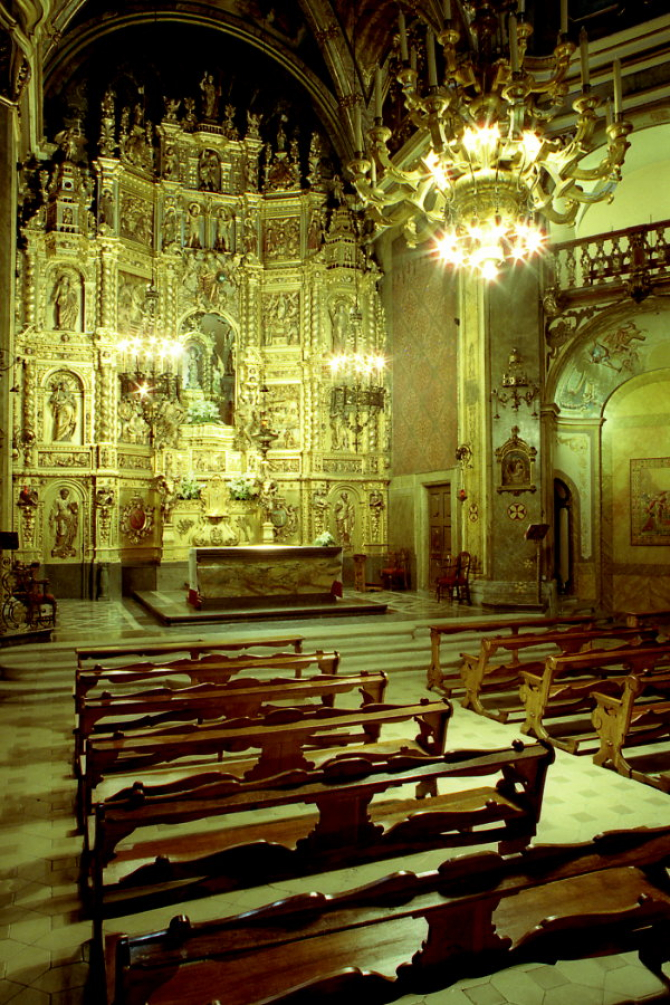SANCTUARY OF THE GLEVA
Updated: 01/25/2023
Plaça del Santuari
08508
Les Masies de Voltregà
Barcelona
The Sanctuary of La Gleva’s Virgin, located in the Masies de Voltregà, is a protected building as a cultural asset of local interest.
The church follows the model of a centralized space, with chapels around it and a dome. The main façade is accessed from a large staircase with two bodies. The wall has the entrance door on the ground floor and two small rectangular windows on the sides. Above these two windows, two balconies of rectangular typology open and to top the façade an eye is placed above the door. The windows, balconies and the eye feature sgraffito decorations in their plant-inspired frames. The façade is topped by a slightly pronounced cornice that has a symmetrical design, crowned by five pinnacles finished in spherical elements.
The new Sanctuary had a presbytery under which was the "cave" which coincided with the place where the Holy Image had been found. An altarpiece in 1480 by Ferran Soler Vernedo and the "Brancal" painted in 1507 by Gurrea and Mesoneda added great artistic value. In 1683, the sculptor Pau Sunyer and the carver Francesc Farriols from Manresa made a new plateresque altarpiece. Prosperity and magnificence were suddenly cut short when in 1759 lightning destroyed much of the Sanctuary. Between 1763 and 1767 the reconstruction works were carried out by the Vigo architect Josep Morató Selles, who added the rectory and the inn and endowed the temple with an ornamental richness.
Devotion to Santa Maria de la Gleva was soon widespread in the region. There are a number of legacies and legacies in his favor, but one of the symbols of popular devotion were the great processions that took place from Vic and other towns in the region, such as that of 1337 on the occasion of a strong drought that ravaged the region and came to dry up the Ter. Arriving at the Gleva, Bishop Galceran Sacosta lowered the image of the Virgin to the river where he wet his feet with the remaining water, praying that it would rain. After three days it rained heavily, which popular devotion attributed to the miraculous intervention of the Virgin Mary. The sanctuary comes from a first oratory, a simple church that probably with several reforms lasted until 1327, when the works of a sanctuary began (it seems that they lasted almost a century). We know that it was a single nave and was enlarged in 1671.






